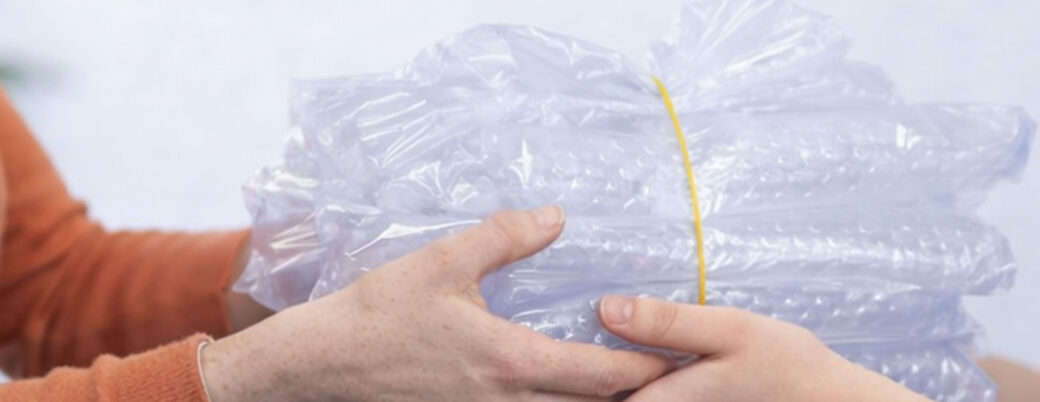The latest figures for packaging waste recovery in 2014 show that the market seems to have met its obligations for the year.
The Q4 statistics, which are published on the National Packaging Waste Database, also demonstrate that glass performed particularly well, with a large carry over at the start of 2015. There was also a ‘healthy’ excess of plastic PRNs.
The news concludes a great year in which obligations for exports or acceptance of packaging material were comfortably met, with glass PRNs selling at around £10 per tonne and plastic PRNs between £5 and £7 per tonne in December 2014.
According to the Q4 figures, over 269,000 tonnes of glass remelt were accepted or exported against a quarterly target of around 250,000 tonnes, on top of which 69,646 tonnes were carried over into 2015.
In comparison, about 13,000 tonnes were carried over in the final quarter of 2013. That year, glass remelt demand generated a surge in PRN values at an estimated £80 per tonne.
The statistics also provide a positive outlook for plastic, with 213,866 tonnes accepted or exported in Q4 of 2014, in comparison to 191,569 tonnes in the same quarter for 2013. This shows how comfortably plastic packaging met the quarterly obligation of 194,780 tonnes. In addition, just over 65,000 tonnes of plastic PRNs were carried over into 2015.
The steel market however looks less promising. Whilst it met its obligation of 87,500 tonnes of steel with 115,483 tonnes accepted or exported in the final quarter, there was only a minor carry over of 23,948 tonnes into 2015.
The total figures show that 1,036,033 glass remelt PRNs, 753,137 plastic PRNs and 330,081 steel PRNs were accepted in 2014.
Warning
Chris Taylor, Commercial Manager at Clarity Environmental, said: “Our strong 2015 trading has continued into March with gusto following the release of Q4 2014 packaging recycling data.”
However he also took a cautious view of what the carry over could mean for the 2015 market.
He said that whilst the figures were good, they only gave a snapshot of what happened in December 2014 – and do not reflect on what’s happening at the moment.
In explanation, he said that the better prices were being offered in the 2015 market at the end of last year, whereas in 2014 all the demand was coming out of 2013.
Chris continued: ”The amount of plastic carried over was only about one month’s production, and exports through January and February have apparently been very poor.
“We are looking at a carry over in plastic which is similar to 2013/14, but this year’s price sits a lot lower than last time, so will that have an effect on the price of the materials? Initially we have seen a drop in price by some £10 per tonne, but as we approach the release of Q1 data in April, prices are already creeping up, in anticipation that all is not as rosy as Q4 data would have us believe.”
Chris also voiced his concerns on the steel market: “Carry over from 2014 has not been particularly strong and 2014 targets were not exceeded by any comfortable margin. It will be interesting to see if the current message of a tighter materials market will turn into rising steel prices for the long term. Steel prices have crept up slightly in the last week but a poor Q1 could see prices accelerate over a short period of time.”



